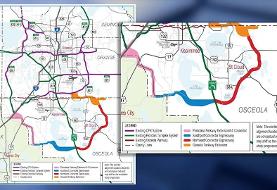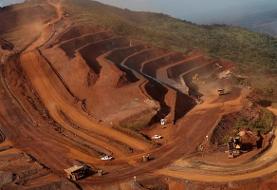Is Japan Sinking? (with videos)

Five years ago, when Shinji Higuchi was making the apocalyptic movie "Japan Sinks" (trailer below) he probably never thought he could soon see it in real life:
For several weeks now, a hotly debated topic on internet forums and Youtube videos, is whether Japan is gradually sinking or not? Several videos (examples included below) show water gushing out of widening cracks in sliding pavements, sidewalks and streets, and there are several conspiracy theories on why the Japanese government is censoring news about "sinking Japan"?
But is it true? A recent news report by Associated Press indicates that indeed the March 11 earthquake was so powerful it pulled the entire country out and down into the sea. The mostly devastated coastal communities now face regular flooding, because of their lower elevation and damage to sea walls from the massive tsunamis triggered by the quake. Testuro Imakiire, a researcher at Japan's Geospatial Information Authority, indicates some areas in the northern half of Japan and closest to the epicenter, like Ishinomaki, moved southeast 17 feet (5.3 meters) and sank 4 feet (1.2 meters) lower. He admits "We thought this slippage would happen gradually, bit by bit. We didn't expect it to happen all at once."
"I look out the window, and it's like our houses are in the middle of the ocean," says a resident of Ishinomaki about flooding at high tide.
Scientists say the new conditions are permanent. Japan's northern half sits on the North American tectonic plate. The Pacific plate, which is mostly undersea, normally slides under this plate, slowly nudging the country west. But in the earthquake, the fault line between the two plates ruptured, and the North American plate slid up and out along the Pacific plate.

The rising edge of plate caused the sea floor off Japan's eastern coast to bulge up — one measuring station run by Tohoku University reported an underwater rise of 16 feet (5 meters) — creating the tsunami that devastated the coast. The portion of the plate under Japan was pulled lower as it slid toward the ocean, which caused a corresponding plunge in elevation under the country. The effects are apparent: Manholes, supported by underground piping, jut out of streets that fell around them. Telephone poles sank even farther, leaving wires at head height.
It is difficult to predict the impact of gradual or partial sinking of Northeastern Japan on global economy but political leaders seem to be fairly united in ignoring it, at least in the eyes of the anxious public.

















































